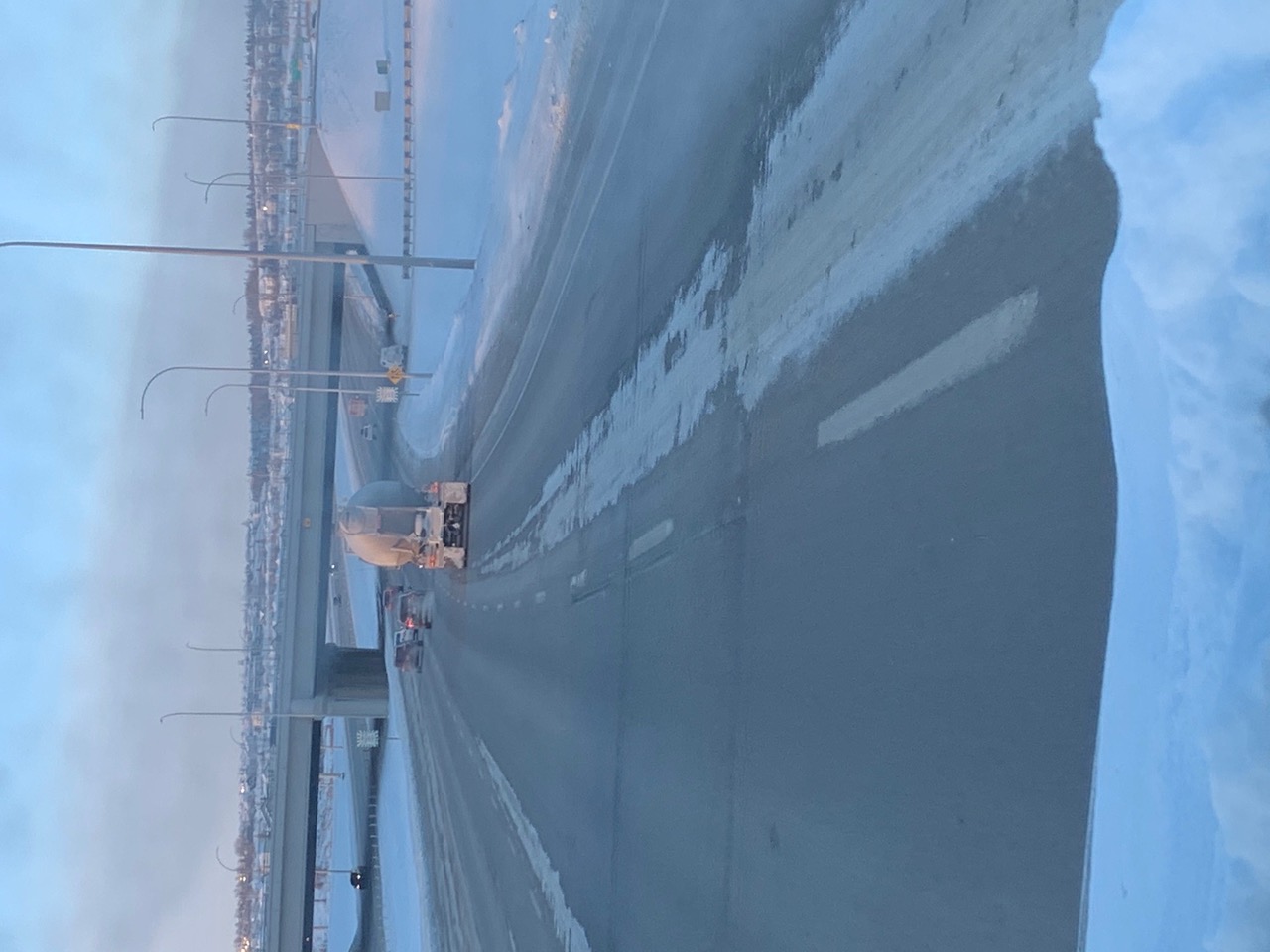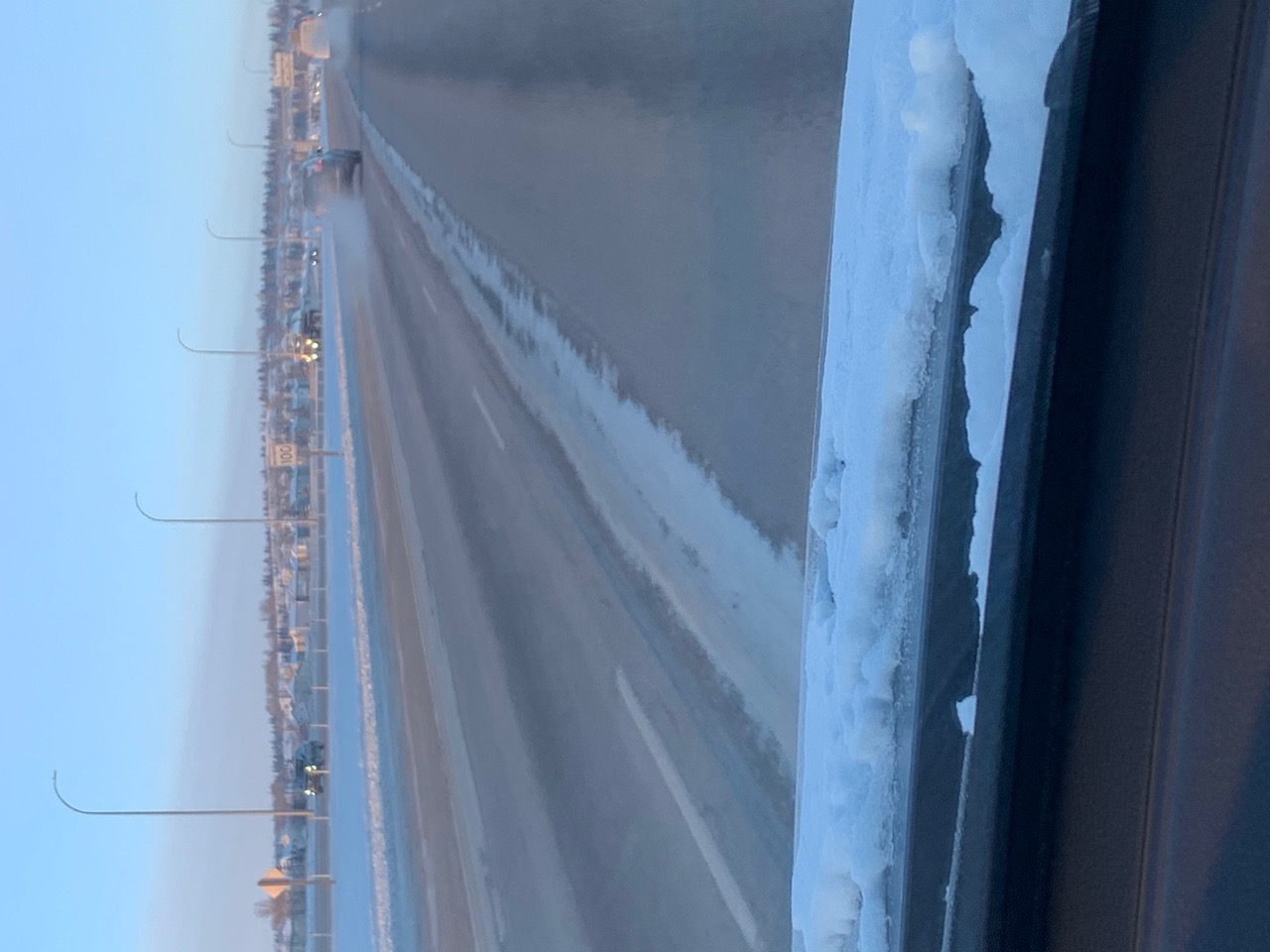ADAS 101
Many customers have questions about ADAS features and their functionality, especially once they have had the windshield replaced and re-calibrated by one of our certified technicians.
The reality is that when we purchase these vehicles from the dealership, there is a lot of information to go over during your new car walkthrough. Many walkthroughs include, "Here is how you turn on this feature and this feature, and this feature…” when all we really want is to get the keys and go for a cruise for the first time!

Here I have some of the most common things that every ADAS customer needs to know about these features and how they work. These guidelines apply to your vehicle from the first day you take possession, with the Original windshield from the factory.
- They need to be turned on! As these are FEATURES and not Standards, you have the ability to click a button to shut them off. Many people have no idea if anything is working before we calibrate, as it was never turned on before. Now that we’ve calibrated and turned it on to test, the customer realizes the vehicle is “talking” to them, or performing its job, which comes as a shock the first time.
- They only work at Speed. No, not Keanu’s iconic movie, but most ADAS features DO NOT work until the vehicle is travelling over 70kms per Hour. BELOW this speed, the feature would become a safety hazard. Your Cruise Control does not work below a certain speed, neither do these.
- Road conditions matter. If the road does not have good, clearly marked lines, your camera has nothing to pick up on. Snow-covered roads, even when plowed, can give interference which can false your features. This is not a fault of the Feature, camera or the installation.
- ADAS features are designed to enhance natural driving conditions. Lane departure warning wants to let you know when you have wandered off into the next lane… within reasonable limits. Sharp turns into the next lane may not be picked up on as the change is too drastic.
- Lane Departure warning and Lane keep assist turn OFF once you engage your turn signal. That’s because it knows you are INTENDING to switch lanes and does not need to fight you. Just remember that if you leave the blinker on for the next 15 KMs, it will not reengage.
- Your camera is always absorbing new information. It will take several seconds sometimes to re-establish a ‘baseline’ of the road you are travelling, before it will let you know if something is amiss.
- Weather is a factor. Rain and snow can confuse the camera as it is not getting the whole consistent picture to refer to. Ice and snow in your grill can also confuse the Radar/Lidar that is often in the grill that works in conjunction with your Camera on the windshield.
- Construction Zones. When they Move lanes back and forth to accommodate construction, the lanes and marking can often pile up on one another. If you have to ask “Dude, where’s my lane?” then it's safe to say your safety features are just as confused.
- Geography. Radar, LiDAR and camera sensors need to see something, or in the case of Radar technologies, need something to bounce their signal off of in order to function. In the prairie flats, this can be a frustrating factor, as a perfectly flat, straight road in rural Saskatchewan with no road signs or buildings around can sometimes make these features turn off in error, or even report that the camera is "blocked". Coming over the crest of a hill in mountainous terrain can even duplicate the same effect.
The following Images are of road conditions that "tricked" the ADAS system in this Honda CRV to think the vehicle was straying out of its lane when in reality it was perfectly centered! Notice how the Snow build-up next to the lines is more significant than the lines themselves! This is a great example of how road and weather conditions can affect ADAS system performance.


As with anything, these are features that are designed to enhance your driving experience. Nothing can replace the fact that you need to be alert and have ultimate control of the vehicle at all times.
